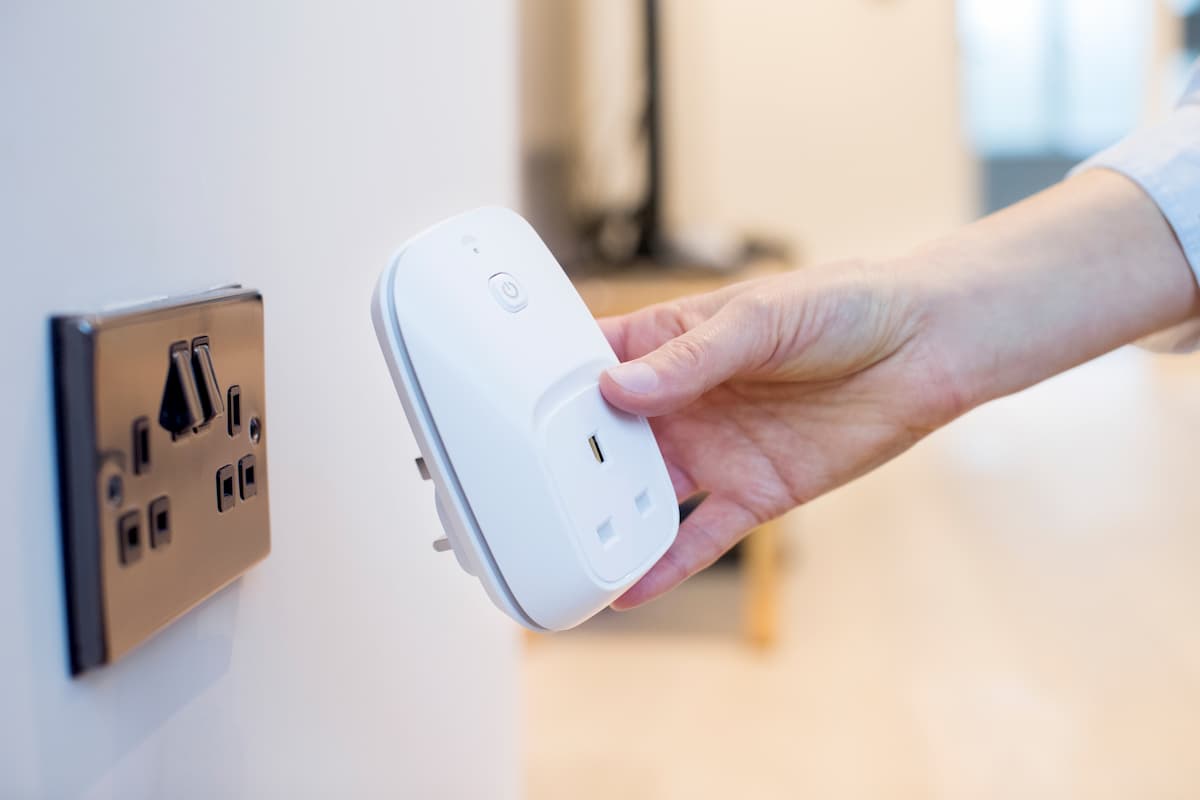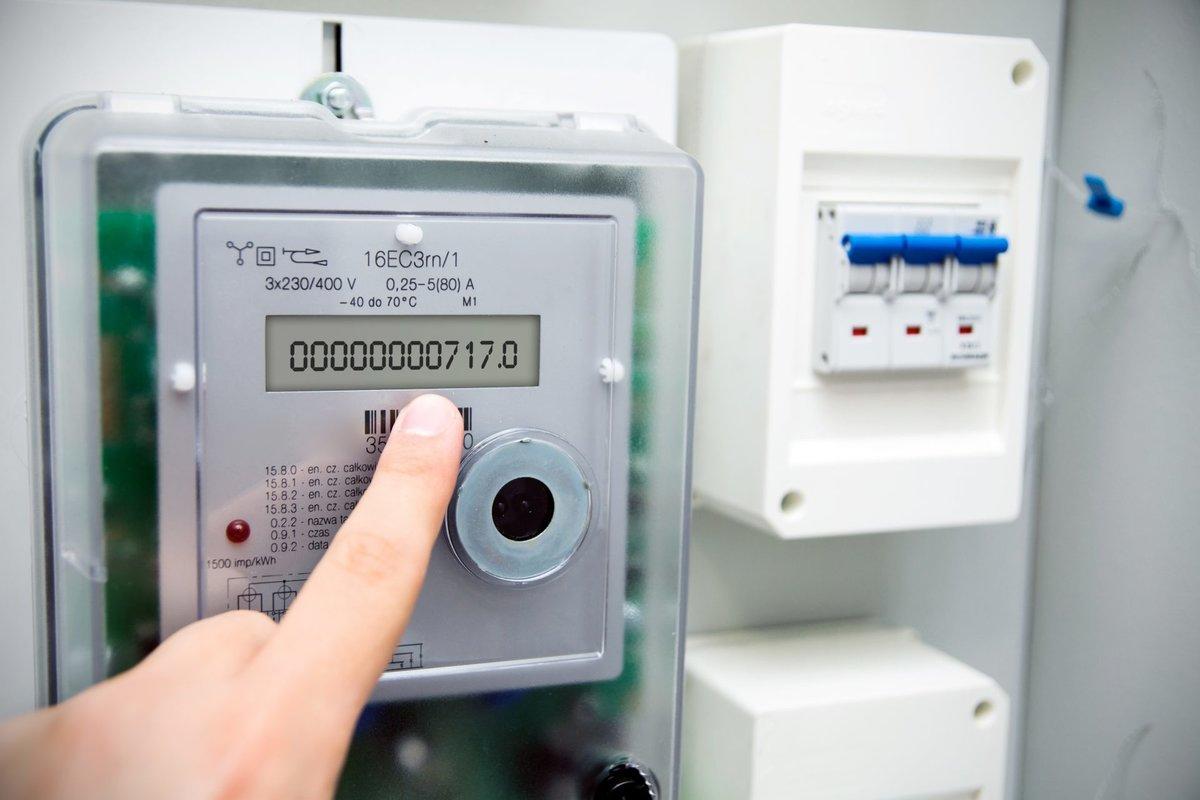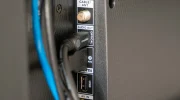One of the issues that most concerns people today is the energy consumption of household appliances, as this has a negative impact on their wallets. There are various reasons why this phenomenon occurs; often, an increase in the electricity bill is due to excessive use of appliances or, sometimes, to their lack of efficiency.
Another factor contributing to energy consumption is when appliances remain on standby for long periods of time. Even when the device is switched off, it continues to consume energy, a phenomenon known as phantom consumption.
Equipment such as televisions, computers, microwaves and sound systems can continue to use electricity even when not in use, increasing electricity consumption almost imperceptibly.

Faced with this problem, people are looking for alternatives that will allow them to improve their energy consumption and reduce it significantly. Some of these include switching off appliances when they are not in use, taking advantage of natural light or using LED light bulbs. However, these actions are not always enough.
What are Wi-Fi switches and how do they work?
Thanks to the constant advancement of technology, people today have more intelligent and effective options for managing energy consumption. One of these devices is the Wi-Fi switch, still little known to most people, but one that can significantly improve energy efficiency in the home.
Smart switches are intelligent devices that allow you to remotely control the electricity of a lamp, appliance or other device via an internet connection.
They work through a Wi-Fi network and can be operated from a mobile phone, tablet, or even by voice commands using virtual assistants such as Amazon Alexa or Google Assistant.
These devices are a key part of home automation. Thanks to them, it is possible to manage the switching on or off of various devices without having to be physically present or use a traditional switch.

The installation of these switches is similar to that of a conventional one, but with one key difference: they include an integrated Wi-Fi module that allows them to connect to the home network.
Once connected, they communicate with an application on the cell phone, which allows control of the connected devices. If a voice assistant is available, it is also possible to give commands to turn lights, fans or any other appliance on or off.
These devices are usually easy to install and do not require significant changes to the electrical infrastructure of the home. In addition, many models are compatible with traditional switches, facilitating the transition to a smart home without complications.
Finally, when choosing a good Wi-Fi switch, it is important to consider aspects such as compatibility with the existing network and devices, ease of installation, advanced functions (such as programming and energy monitoring), device security, build quality, design and value for money.
It is also advisable to read reviews from other users and opt for trusted brands. By making an informed decision, you can ensure that the Wi-Fi switch you choose is reliable and fits the needs of your home.









